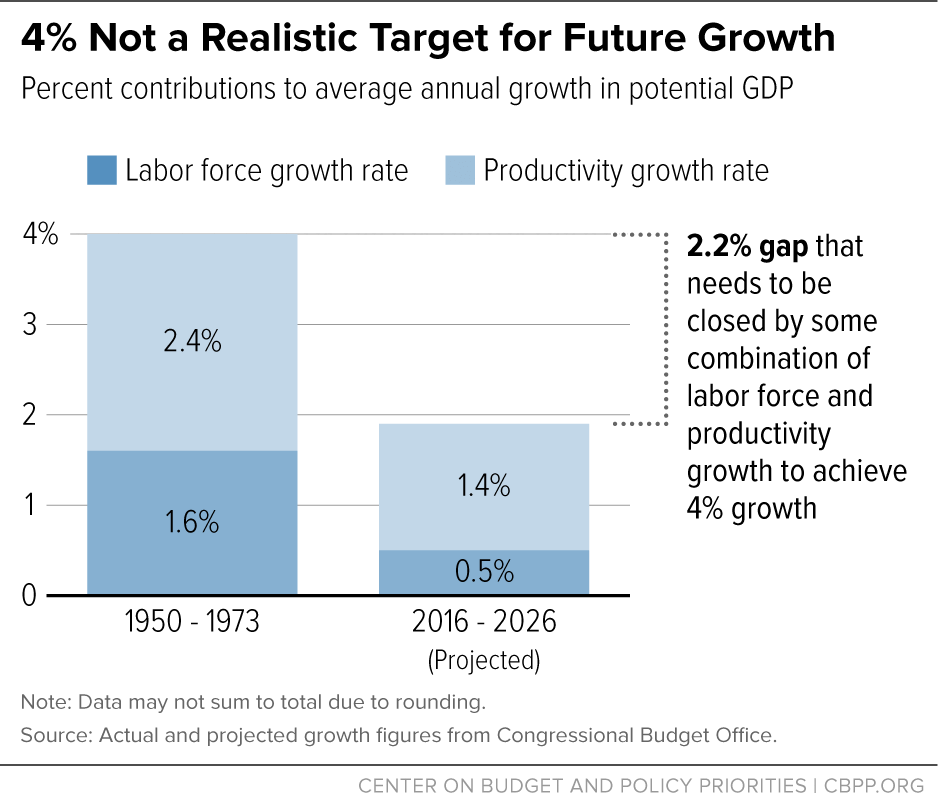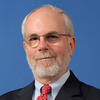BEYOND THE NUMBERS
Donald Trump’s economic team says his economic plan would raise annual economic growth to 3.5 percent (it’s averaged 2.1 percent since the economy emerged from recession in mid-2009). Trump himself says it can be 4 percent or better. These are unrealistic claims.
Trump’s just the latest presidential candidate to make unrealistic growth claims. I explained why such claims are unrealistic in a post earlier this year on U.S. News & World Report’s Economic Intelligence blog:
First, some background. The chart shows the distinction between current demand for goods and services (actual gross domestic product) and the goods and services that the economy could supply with enough demand to fully utilize the nation’s machines, factories and stores and fully employ people who want to work (potential GDP). (The chart is scaled so that a constant annual growth rate in GDP produces a straight-line trajectory.)
In recessions, actual GDP falls short of potential GDP and, in booms, actual may temporarily rise above potential. During a recovery from recession, the economy must grow faster than potential GDP to return to full employment, but it can't grow faster than potential for long without fueling unacceptable inflation.
The chart shows the Great Recession’s devastating impact compared with other recessions. The shortfall between actual and potential GDP (as estimated by the Congressional Budget Office) was larger and lasted longer than in previous recessions…and…inadequate demand and high unemployment in the Great Recession and its aftermath suppressed investment and reduced labor force participation, leading the Congressional Budget Office to lower its estimates of potential GDP, which is determined by the size and productivity of the labor force and capital stock. Potential GDP was on a much higher growth path before the Great Recession.…The Congressional Budget Office could be wrong, but if it’s right about the potential growth path, we don't have much room for rapid growth over the next decade.
The population is aging and, without more immigration, the potential labor force will grow more slowly than during the “golden age” of economic growth in the generation after World War II or the burst of growth in the late 1990s. Labor productivity (output per hour worked) also grew much faster in those periods than it's growing now or than it's projected to grow in coming years.
The Congressional Budget Office estimates that potential GDP rose at a 4 percent annual rate from 1950-1973, with labor force growth of 1.6 percent and labor productivity growth of 2.4 percent (the highest on a sustained basis in the whole postwar period). Its estimate for 2016-26 is 1.8 percent, with 0.5 percent coming from labor force growth and the rest from productivity. To achieve 4 percent growth without immigration, productivity would have to grow at 3.5 percent — almost 50 percent faster than its record-setting 1950-73 rate (see chart).

